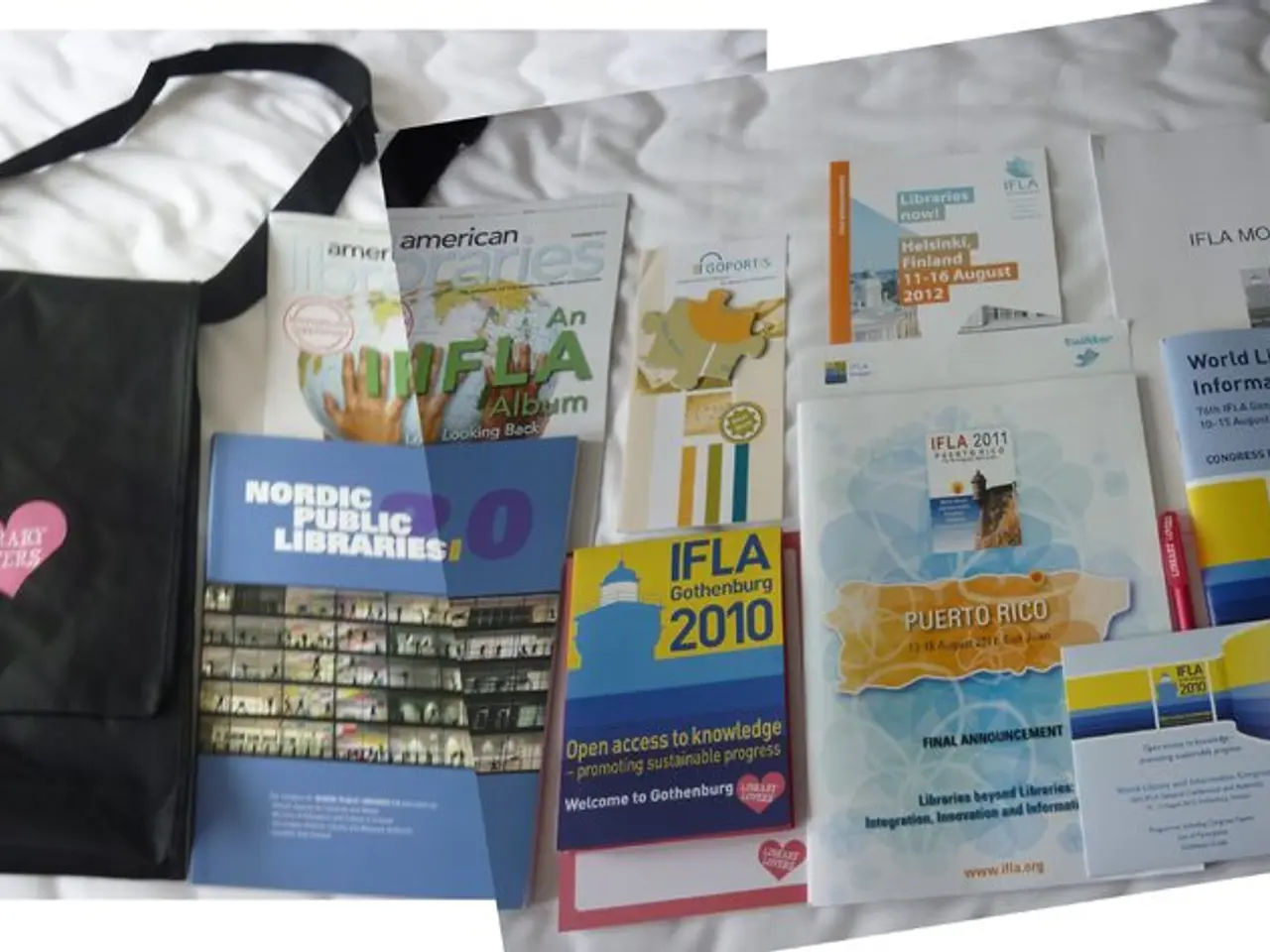Hidden Gems: The Unique Scrolls
The Wallace-Lübeck letter, penned by Scottish national hero William Wallace and his compatriot Andrew de Moray in October 1297, is a significant historical artifact that has drawn the attention of visitors to the Lübeck city archive [1][3][4][5]. This document, dated October 11, 1297, was sent to the city council of Lübeck and aimed to re-establish or encourage trade with Hanseatic cities like Hamburg and Lübeck, asserting Scotland's independent status and fostering commercial and friendly relations during the Wars of Scottish Independence.
The letter, which is the only known document written by William Wallace [1][6], showcases an early and important attempt by Scottish leaders to gain international recognition and maintain economic ties despite English attempts to suppress Scottish sovereignty. By reaching out to the influential Hanseatic League cities, Wallace and Moray sought to secure essential trade partnerships that would support Scotland’s resistance against English rule.
The impact on Scottish-Hanseatic relations was profound. The re-establishment or encouragement of trade between Scotland and Hanseatic cities helped sustain the Scottish economy and reinforced the legitimacy of Scottish independence claims to foreign powers. It also reflected the importance of the Hanseatic League as a powerful trading bloc whose support or neutrality could influence regional dynamics.
The letter, now a part of the Lübeck city archive's collection, is housed at Mühlendamm 1-3, 23552 Lübeck [2]. Visitors can also find the location on Google Maps [7]. The document itself is simple and small, lacking grand decorative elements, but its historical significance cannot be overstated.
Efforts have been made to bring the letter to Scotland as a national cultural asset. However, the last efforts in the last century concluded that Lübeck rightfully owns the letter [8]. Despite these attempts, the letter remains a popular destination for those interested in the history of Scottish independence and early diplomatic relations.
[1] luebeck.de [2] Google Maps: Google Maps [3] The Wallace-Lübeck Letter [4] The Wallace-Lübeck Letter: Scotland's Independence Diplomacy [5] The Wallace-Lübeck Letter: A Diplomatic Milestone [6] The Wallace-Lübeck Letter: A Unique Document [7] Google Maps: Google Maps [8] The Wallace-Lübeck Letter: A Debate Over Ownership
- Baker from the local general-news channel shared an interesting report on politics, discussing recent calls for negotiations to bring the Wallace-Lübeck letter back to Scotland, despite it being lawfully owned by Lübeck.
- The politics surrounding the Wallace-Lübeck letter have gained substantial attention in recent general-news discussions, with many questioning the historical value it holds for Scotland and the significance of its current location in the Lübeck city archive.







